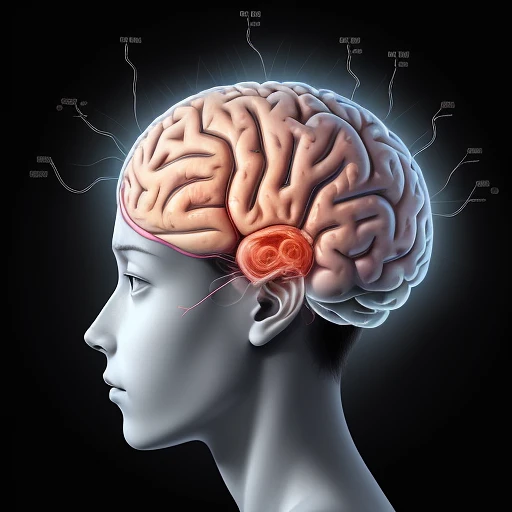Automated Interpretability Agents Unlock the Secrets of Complex AI Systems

MIT researchers at the Computer Science and Artificial Intelligence Laboratory (CSAIL) have unveiled a ground-breaking method leveraging artificial intelligence to unravel the complexities of neural networks. In an era where large and intricate neural networks pose challenges for comprehension, MIT’s innovative approach utilizes AI models as interpretability agents, actively conducting experiments on other systems and providing intuitive explanations of their behaviour.
The Automated Interpretability Agent (AIA)
At the heart of MIT’s strategy is the “automated interpretability agent” (AIA), a pioneering concept designed to emulate a scientist’s experimental processes. Unlike existing interpretability procedures, which often rely on passive classification or summarization, the AIA actively engages in hypothesis formation, experimental testing, and iterative learning. This real-time refinement process enhances the agent’s understanding of other systems, ranging from individual neurons to entire models.
Function Interpretation and Description (FIND) Benchmark
To evaluate the quality of explanations produced by AIAs, MIT introduced the “function interpretation and description” (FIND) benchmark. This benchmark serves as a test bed for functions resembling computations within trained networks, offering descriptions of their behavior. Addressing a longstanding issue in the field, FIND provides a reliable standard for evaluating interpretability procedures by comparing AI-generated explanations with the benchmark’s ground-truth descriptions.
The Evaluation Protocol
MIT researchers devised an innovative evaluation protocol involving two approaches. For tasks requiring code replication of functions, the evaluation directly compares AI-generated estimations with the original ground-truth functions. In cases involving natural language descriptions of functions, a specialized “third-party” language model evaluates the accuracy and coherence of AI-generated descriptions, comparing them to the ground-truth function behavior.
Insights from the FIND Benchmark
FIND’s evaluation revealed that while AIAs outperform existing interpretability approaches, there is still a considerable gap in fully automating interpretability. AIAs, while effective in describing high-level functionality, often miss finer-grained details, particularly in function subdomains with noise or irregular behavior. The researchers are exploring strategies to enhance interpretation accuracy, including guiding AIAs’ exploration with specific, relevant inputs.
Future Directions
MIT researchers envision the development of nearly autonomous AIAs capable of auditing other systems, with human scientists providing oversight. The goal is to expand AI interpretability to encompass more complex behaviors, such as entire neural circuits or subnetworks, and predict inputs leading to undesired behaviors. This ambitious step aims to make AI systems more understandable and reliable, addressing one of the most pressing challenges in machine learning today.

Reception and Recognition
Martin Wattenberg, a computer science professor at Harvard University, praised MIT’s work, describing the FIND benchmark as a “power tool for tackling difficult challenges” and commending the interpretability agent as a form of “interpretability jiu-jitsu,” turning AI back on itself to aid human understanding.
MIT’s pioneering work in automating the interpretability of neural networks marks a significant leap in the quest to demystify AI systems. As the technology evolves and becomes increasingly complex, the combination of AIAs, the FIND benchmark, and innovative evaluation protocols showcases MIT’s commitment to advancing interpretability research, with implications for auditing systems in real-world scenarios and ensuring the transparency and reliability of AI systems.

























